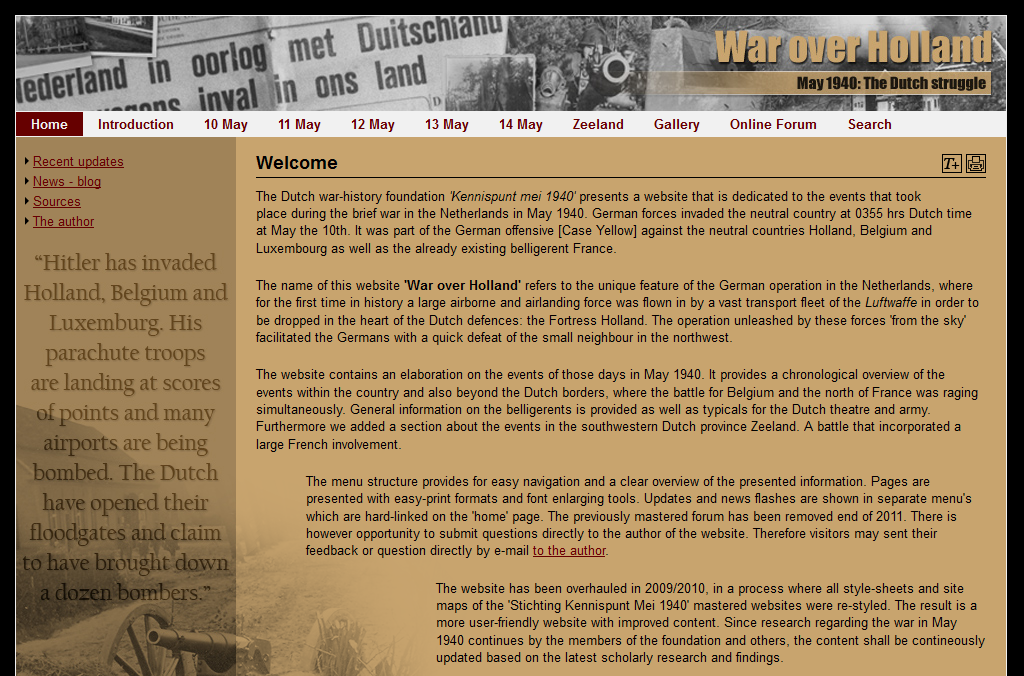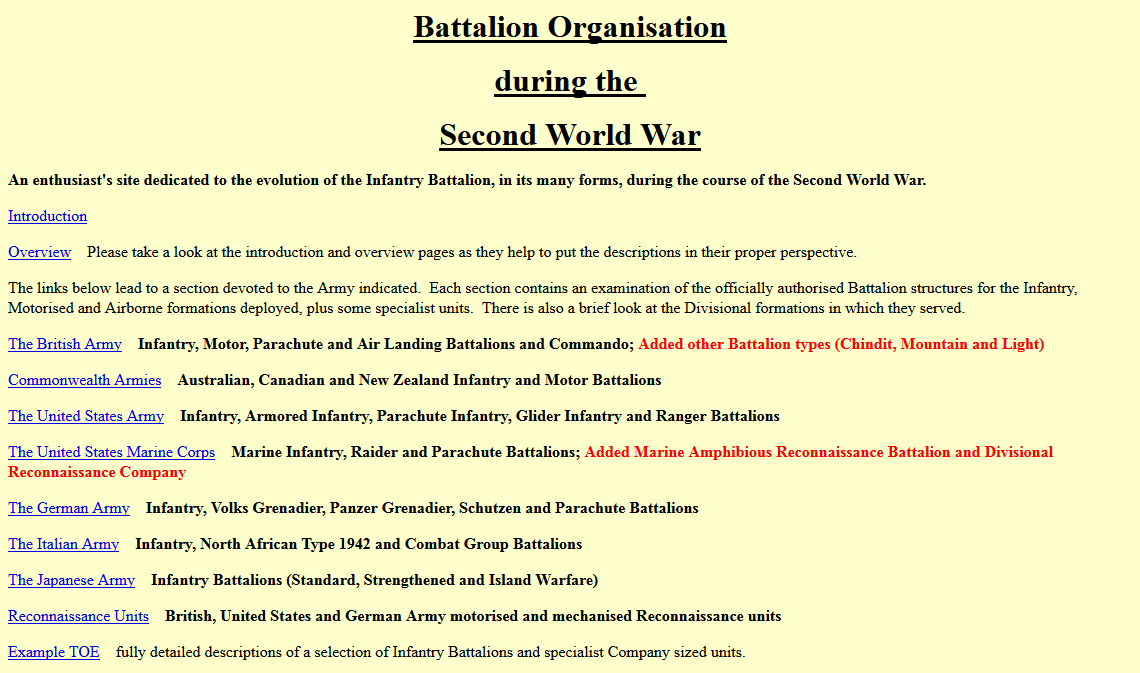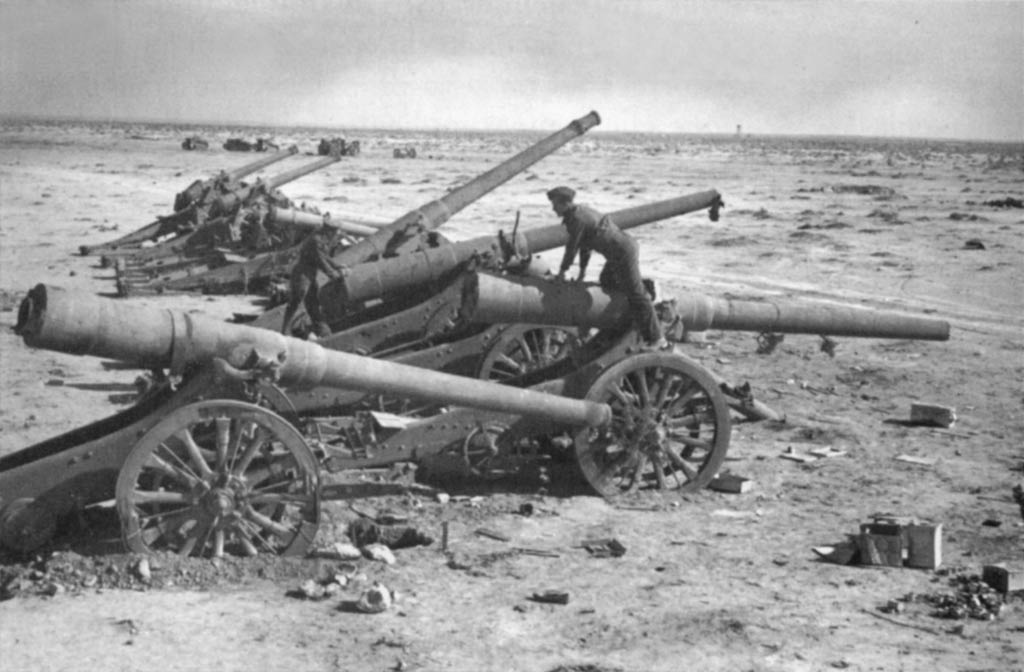The Brigata Corazzata Speciale had its origins in the Italian army in North Africa attempts to better co-ordinate and more effectively use their limited armoured forces in the summer of 1940. Armoured units in Italian North African were placed under the largely administrative control
of the Comando carri armati della Libia as of August 29th 1940. It does not seem to have played no operational role, but rather acted in an advisory capacity to the senior headquarters in North Africa on the use of these armoured vehicles. Under its authority were formed two raggruppamenti carristi were each formed from one medium and three light tank (eg. tankette) battalions. It is this Comando carri armati della Libia that seems the origin of the belief that there were plans to create a “Libyan armoured division”.
The one odd thing about this entity is the use of the term Libia in its name. Libia had been banished from the official lexicon of the Facist State when Libia was formally incorporated as part of Italy in November 1939. There was supposed to be no official recognition of its existence even as a geographical entity thereafter. So its use in this context is surprising and may in part account for the confusion spoken about above.
After the ‘advance’ to Sidi Barrani had been completed, plans were laid about creating an operational armoured formation in North Africa. This was to become Brigata Corazzata Speciale. Before speaking about its history, it is necessary to under something about italian armoured doctrine of this period (late 1940). The official war establishment of an Italian armoured division was revised after the Fall of France in 1940 and enacted early in 1941 was the following: headquarters, a reconnaissance unit, two armoured brigades, two artillery regiments and service units. Each armoured brigade was to consist of a medium tank regiment, a motorized bersaglieri regiment and a mixed AT/AA battalion. One of the artillery regiments was to be composed of two groups of M14 da 75/18 semoventes and two groups of 105 mm medium guns. The other artillery regiment was to consist of two groups of mixed 90/53 and 20mm anti-aircraft guns. The 90 mm guns were to be used in the anti-tank role as well.
However, even under the most favourable scenario for Italy, it is difficult to see how this kind of formation could have been fielded in the period 1941-42. Indeed, the Italian army came up with a provisional organization for a much smaller, but still useful armoured division early in 1941. This provisional war establishment consisted of one medium tank or ex-French tank equipped regiment, one light tank regiment (equipped mainly with tankettes), one motorized bersaglieri regiment, one artillery regiment with two groups (I, II) of 75/27 field guns, one group (III) of 100/17 howitzers, and mixed group (IV) of anti-aircraft guns plus minor support and service units. The schemes for Italian armoured formations were much more balanced than many other nations at this date. They may even have had some operational utility had they ever been deployed as planned, but this was not to be.
The Brigata Corazzata Speciale was to be formed in light of these plans. Both the Ariete and Centauro Divisions had started out as brigades, and only were later expanded into divisions. The Italian army still used the term brigade in its original meaning as a formation consisting of a number of regiments. The creator of the binary division in the Italian army admitted that these formations weren’t really divisions at all, but brigate mixta or mixed brigades. Thus the Brigata Corazzata Speciale should not be thought as the counterpart of a commonwealth brigade, but in Europa terms as a divisional group. Its organization was never finalized so total precision here is impossible, but was include at least one medium tank regiment, one motorized bersaglieri regiment, a motorcyslist bersaglieri battalion, some artillery units (at least two groups perhaps to be expanded into a regiment) and other units. Light tank (eg. tankette) units were certainly involved with this unit, but I have not been able to discover whether they were to be included in its permanent organization.
The organizing and intial training of this armoured brigade began in late November 1940 after some units to be incorporated into it were withdrawn from Egypt. At this point (1.12.1940), the brigade consisted of the I and III Medium Tank Battalions, XXI and LX Light Tank Battalions, one motorcycle bersaglieri battalion (probably formed from ex-divisional companies), one group of 75/27 field guns and one group of 100/17 howitzers (both stripped from the Savona Division). It was deployed in the Marsa Lucch and la Littoranea area. By early January 1941 the Brigata Corazzata Speciale had the following organization: HQ, one raggruppamento carrista (III and V Medium, LX Light Battalions), 12th Artillery Regiment <<Sila>> (ex-Savona Division with different TOE), one motorcycle bersaglieri battalion, one AT company and miscellaneous support and service units. The 10th motorized Bersaglieri Regiment was under orders to join the brigade, at which point the intention was to start calling it an armoured division. However, the worsening events never allowed the uniting of these two units.
If the brigade had been used vigorously at this point, even its disorganized condition, the rout of the Tenth Army might have been contained, but it was held back in reserve positions as something to valuable to use and lose. In the final battle at Beda Fomm, the Brigata Corazzata Speciale had the following untis assigned or attched to it (as of Feb. 5, 1941):
- III and V Battaglione carri M13/40 (20 to 30 tanks each)
- VI Battaglione carri M13/40 (45 tanks)
- 12oReggimento artiglieria <<Sila>> (one
group of 100/17 howitzers, one group of 75/27 field guns)
- 1x battery of 105/28 (20th Corps Arty)
- 1x battery of 75/27 AA guns (20th Corps Arty)
- LXI Battaglione carri L3/35 (12 tankettes of which only 6 were runners)
- one platoon of a motorcycle battalion
- four armoured cars (no ID available)
As is well known to these circles, the italian forces were unable to push through the Commonwealth blocking forces and surrendered to them including the Brigata Corazzata Speciale. Had it not been destroyed at Beda Fomm and survived until mid 1941, this brigade would likely have been expanded to the provisional armoured division organization mentioned above. What it would have been called is pure speculation, but I think it would likely have been designated the 134 Divisione corazzata
<<Frecchia>> (following in the number series for armoured divisions).
Here are my tentative suggestions on how the Brigata Corazzata Speciale
could be treated in an Italian OoB:
JAN I 1940
Special: Optional
Place in Cyrenaica Forming Pool:
1x 1-6 Support Group [III] (any) (IA)
3x 1-8 Tank II (any) (3M, 5M, 6M) (IA)
JAN II 1941
Special: Optional Upgrade of Units in Cyrenaica Forming Pool:
Convert: 1x 1-6 Support Group [III] (any) (IA)
And 3x 1-8 Tank II (any) (3M, 5M, 6M) (IA)
And 1 Italian INF RP
To 1x 8* Armoured XX Gp Cor Sp (IA)
And 1x 3-2-8 Tank III 4 (IA)
MAR II 1941
Release from Cyrenaica Forming Pool:
1x 8* Armoured XX Gp Cor Sp (IA)
1x 3-2-8 Tank III 4 (IA)
Available for Assembly:
1x 6-5-8* Armoured XX Gp Cor Sp (IA)
JUN II 1941
Convert: 1x 8* Armoured XX Gp Cor Sp (IA)
And 1 Italian or German ARM RP
To: 1x 8 Armoured XX134 Fre (IA)
Available for Assembly:
1x 8-6-8 Armoured XX 134 Fre (IA)
Breakdown/Assembly Chart:
‘Divisional Breakdown for a 6-5-8* Armoured XX Gp
1x 8* Armoured XX Gp Cor Sp (IA)
1x 3-2-8 Tank III 4 (IA)
1x 2-10 mot infantry III 10 B (IA)
‘Divisional Breakdown for a 8-6-8 Armoured XX:
1x 8*Armoured XX 134 Fre (IA)
1x 3-2-8 Tank III 4 (IA)
1x 2-1-8 lt Tank III (any) (IA)
1x 2-10 mot infantry III 10 B (IA)
‘Divisional Breakdown for a 13-11-8 Armoured XX:
1x 8 Armoured XX 134 Fre (IA)
2x 3-2-8 Tank III 4, any (IA)
2x 2-10 mot infantry III 10 B, any (IA)
1x 1-2-8 Assault Gun III 234 (IA)



